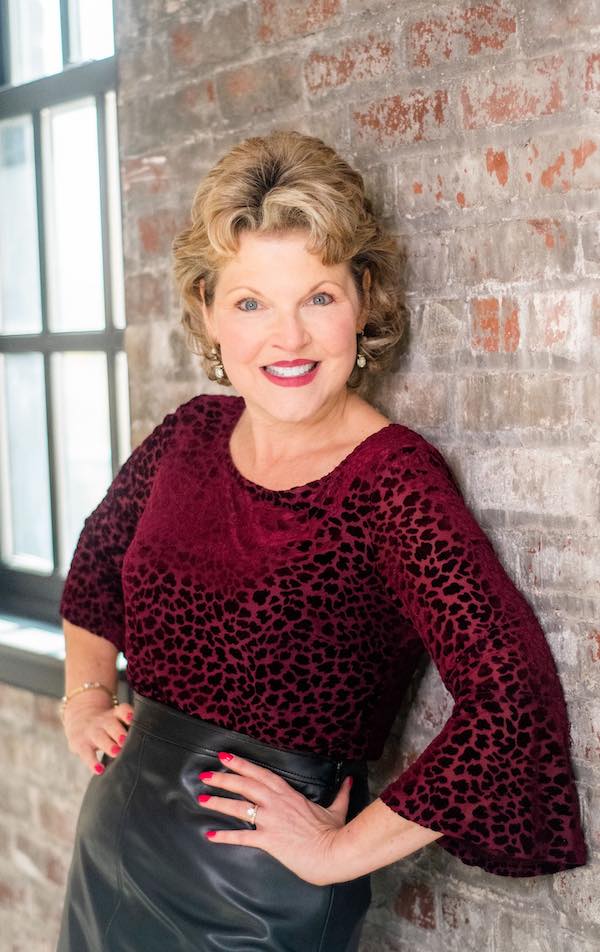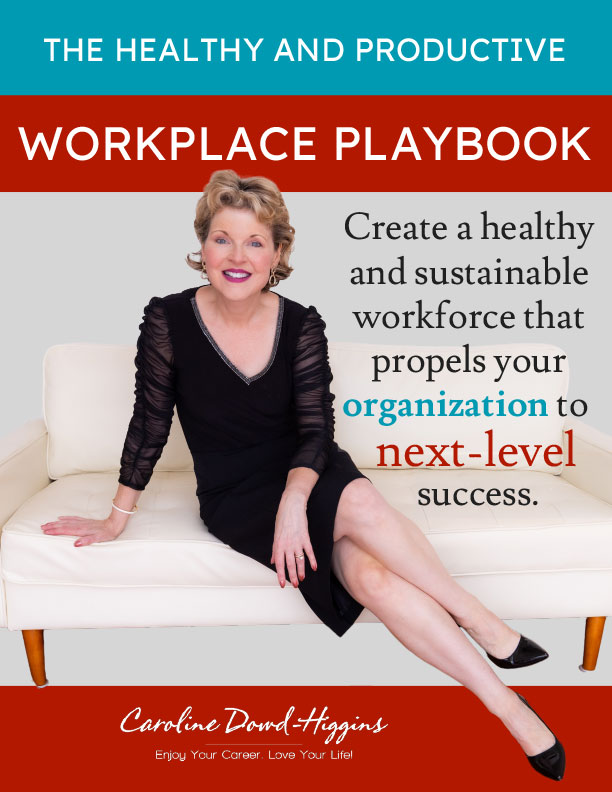Design Your Career Trajectory with Smart Growth

I am a big fan of Whitney’s Johnson’s work and featured her in a new episode of my Your Working Life podcast where she shared wisdom about helping people develop their potential – enabling them to articulate and become the best professional self they want to be.
Her new book, Smart Growth: How to Grow Your People to Grow Your Company is a must-read for those leading and committed to developing people as well as the individual contributor ready to take control and design their career future.
As a career and executive coach, I have long believed we all need to be at-the-ready with a professional exit and/or a growth strategy, even if we are blissfully happy in a current role. Change is constant and 2022 will be a year of tremendous growth in the workplace. As Whitney Johnson says, “…we can reframe the Great Resignation to the Great Aspiration and design the change we want to be.”
The S Curve of Learning
Johnson provides a deep dive into the S Curve of Learning framework, based on the diffusion curve pioneered by E.M. Rogers, and refined during her collaboration with the late Harvard Business School icon, Clayton Christensen (The Innovator’s Dilemma). She cracks open an important conversation around growth and how we experience it, providing a model to help people think about where they are and what’s next.
The S Curve of Learning is a simple visual model that demystifies the process of growth. Every new skill learned, every challenge faced, takes the form of a distinct learning curve. The S Curve of Learning can help leaders grow their organizations, attract, and retain top talent, execute succession planning, and configure a team. People aren’t the most valuable resource of an organization—they are the organization, as Johnson posits.
Growth is Learning Put into Action
According to Johnson, the growth and learning journey comes in three phases: the Launch Point, the Sweet Spot, and Mastery. As individuals grow, so do organizations and communities. Growth is learning put into action—action that betters the world as we better ourselves and our small niches, both personal and professional. Johnson shares that growth occurs when learning is internalized—when we try something new and invest the effort to move it from being something we do to something we are.
Here is a breakdown of the S Curve stages:
Launch Point – individuals are new to a role, facing new challenges, and often need extra support. Their fresh eyesperspective can offer valuable insight, but growth feels slow.
Sweet Spot – individuals are enjoying the challenge, things are hard but not too hard, and can at times be easy, but not too easy. Momentum happens with focus and growth is fast.
Mastery – if things become too easy, growth slows, and people become bored. Growth in mastery comes from big challenges in the current role or transitioning to a new role in (or out of) the organization.
Know When to Grow
It’s important to be keenly self-aware of where you are and where you want to be growth-wise. If you lead a team – you have a responsibility to help develop people to reach their best potential. Growth trajectory is both long and short-term.
Johnson articulates 7 Accelerants for the Future – to help you to consider how to disrupt yourself to learn and grow successfully in your career.
- Identify the right risks. What risks could you take in your current role? Can you play where others aren’t?
- Play to your distinctive strengths. What do others see as your strengths? How can you better leverage them in your current (or future) role?
- Embrace constraints. How can you use time/resource constraints to help you stretch your personal growth and become more innovative?
- Challenge entitlement. Who do you need to listen to that you don’t now? How can you avoid “them and us” thinking and believing that you are always right?
- Step back and grow. What do you need to let go of to grow? Attitude, reliance on something or someone, etc.?
- Failure is learning. What failures should you acknowledge? How did you fail forward and what did you learn?
- Be discovery driven. What is your learning goal for the next few weeks? Once you achieve a goal, reflect, and adapt and consider what is next.
A Leader’s Responsibility to Grow Others
The pandemic journey has sharpened our ability to deal with ambiguity and change out of necessity. Savvy leaders must be mindful of the virtuous (not vicious) growth cycle and invest in the growth and development of their people for the good of the individuals and the success of the organization.
In addition to her new book, Whitney Johnson has a savvy article in the Harvard Business Review about managing your organization as a portfolio of learning curves. Leaders must be aware of the stages of each direct report’s career S curve and help them become accountable for their own growth and development.
At the Launch point, people are often “…thrown into challenging jobs that they’re not completely prepared for, [and] you need to make sure they have a great support team.” While
“…keeping people who’ve reached the mastery stage in a role for too long carries risks. An employee can become complacent or a flight risk,” according to Johnson.
If growth is nurtured, succession plans become clearer with internal talent to develop a deep bench that honors the entry level, the (often) frozen middle, as well as the seasoned leaders in an organization.
Action Step
As you navigate 2022, take time to evaluate where you are on the S Curve of Learningä and consider where you want to be. Professional growth and development are the combined responsibility of leadership and the individual. Reflect on whether you are a promotable player and what you need to do design a career future that honors you.






